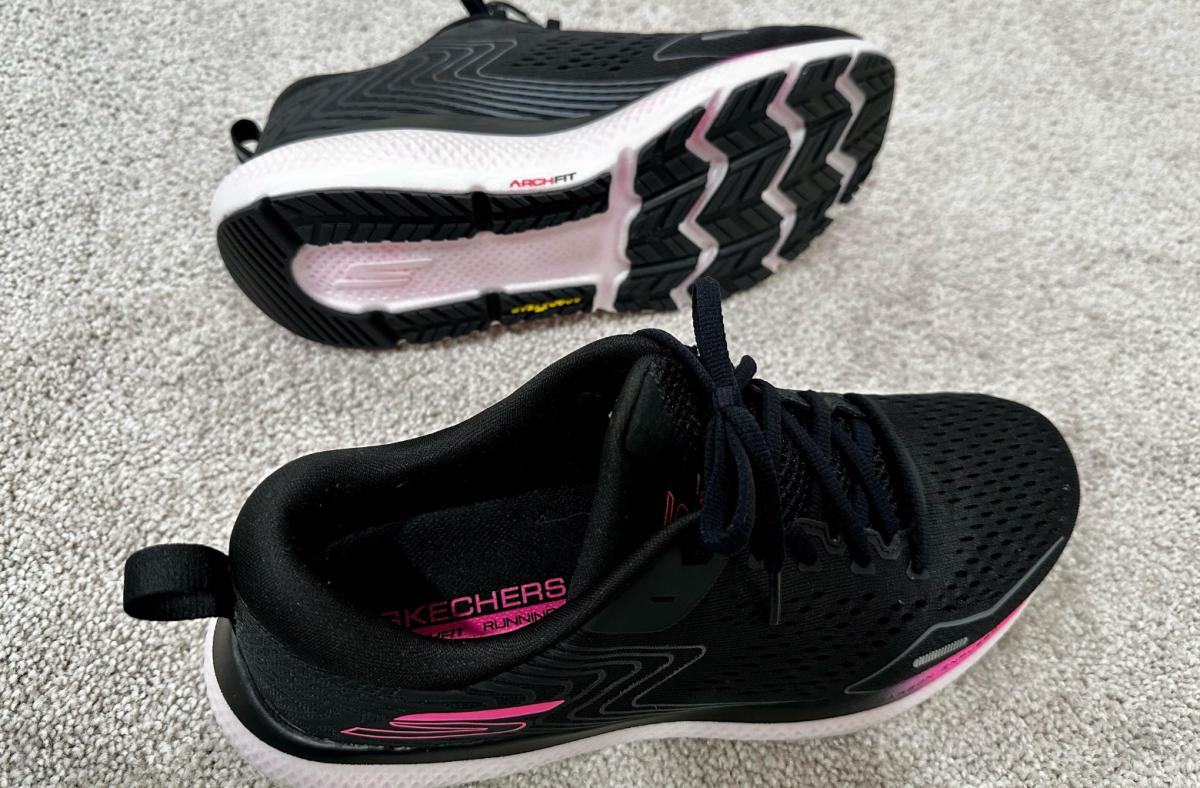
For the achilles in particular, Elliott recommends a wedge-shaped device called a slant board. It’s a good idea to stretch these areas after every run, says Elliott. If those muscles are tight, they can add more strain to the inside structure of the foot, further exacerbating issues associated with flat feet. One way to address the potential negative side effects of flat feet is to regularly stretch your achilles, calves, and hamstrings. The Runner's Guide to Understanding Pronation.Just keep an eye out for any symptoms of an issue, like pain. “If you haven’t had any problems, you’re more than likely not going to have any problems” due to your flat feet, he says. Some folks with flat feet never experience any resulting issues, says Elliott, which is why he cautions people to “not overthink” their flatfootedness. That said, having flat feet does not mean you are destined for injury. These issues, as well as poor biomechanics and lower limb alignment, are not specific to runners and can happen to anyone with flat feet. This misalignment “starts at the foot and ankle level and can affect the knees, hips, and back,” Sutera explains.Ī number of other problems can crop up as a result of flat feet, such as hammertoes, calluses and corns, shin splints, bunions, arthritis, bone spurs, instability, or pain in the knee, back, and hip, she adds. (It did not compare injury risk to high arches.)Īdditionally, flat feet cause the arch to lower and in more severe cases, the arch can even touch the ground, triggering poor biomechanics, including an abnormal gait pattern, and lower limb misalignment, says Sutera. Indeed, a 2009 study published in the journal Gait & Posture concluded that people with flat feet could have a higher risk for midfoot injuries, like metatarsal stress fractures, compared to those with a normal arch. In some cases, this can lead to increased risk of ailments, including tendon injuries, ligament injuries, and stress fractures, says Elliott. Running with a flat foot can place extra strain on the inside of the foot, specifically the inside of the arch and the inside of the ankle. People with flat feet also tend to overpronate, says Elliott, meaning their foot rolls inward more than the ideal amount as it makes contact with the ground. This means that runners with flat feet don’t get as much propulsive force when they push off the ground, says Elliott. Solutions to the Most Common Causes of Arch PainĬompared to feet that have a normal or high arch, flat feet have more flexibility and less rigidity.That said, some people get flat feet as the result of a specific tendon injury in the foot, says Elliott. You can do a similar test on the beach by noticing what your footprints look like in the sand-here’s a handy visual from the Mayo Clinic for reference.Īs for what causes flat feet, most often it’s genetics, says Sutera. If you see a print of your entire foot, then you have flat feet if there’s some empty space where your arch is, then you have normal (or possibly high) arch feet. Step off and notice the watermark that remains. It may be difficult to evaluate the curve of your arch while standing, in which case you can do a rudimentary test using water and a piece of cardboard: Get your entire foot wet, then stand on the cardboard. People with really flat feet may notice that their arch touches the ground, says Elliott. If there is no curve, you likely have flat feet.

Simply stand barefoot and notice if there is a curve in the arch of your foot. Play icon The triangle icon that indicates to playįlat feet can be diagnosed by a doctor, but usually, they are “pretty easy to spot,” says Sutera.


 0 kommentar(er)
0 kommentar(er)
